
MONGOLIA 2004

Suhe Bator - a town by the Russian border.
^ ^^^
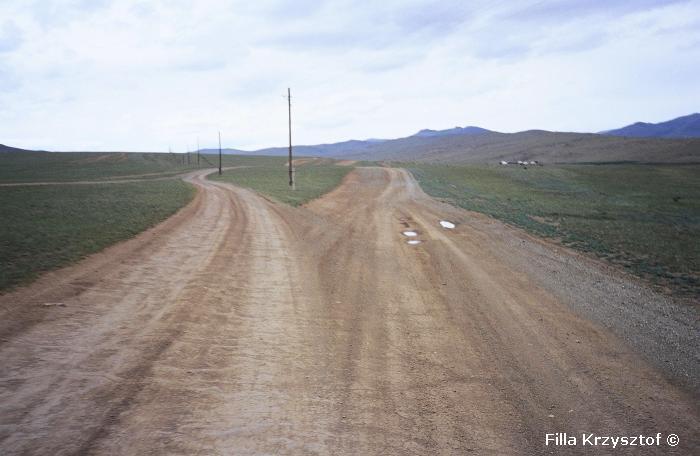
The main roads in Mongolia are usually dusty tracks worn out by vehicles.
^ ^^^
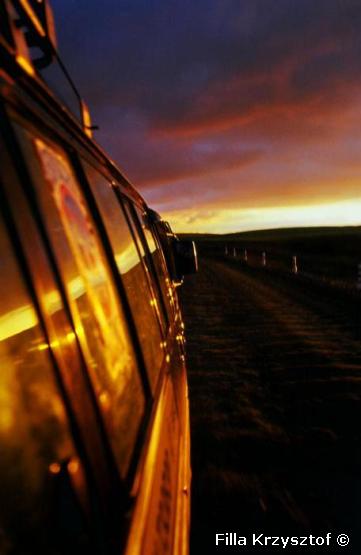
Sometimes the road reminded me a track that has been worn out by tanks or some caterpillar tracks.
^ ^^^

Wayside inn, where one can eat something or stay over night.
^ ^^^

In Mongolia the total road length is 46 000 km but only 1 000 is covered with asphalt.
^ ^^^
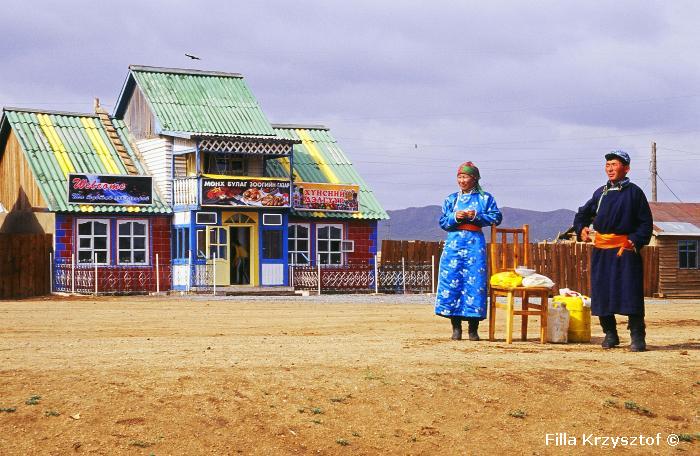
Milk sellers.
^ ^^^
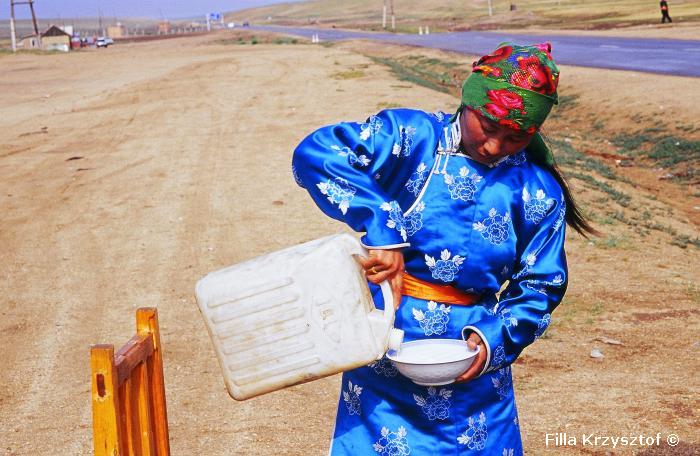
Horse milk is accessible everywhere, there is also goat, sheep, cow, camel and yak milk.
^ ^^^
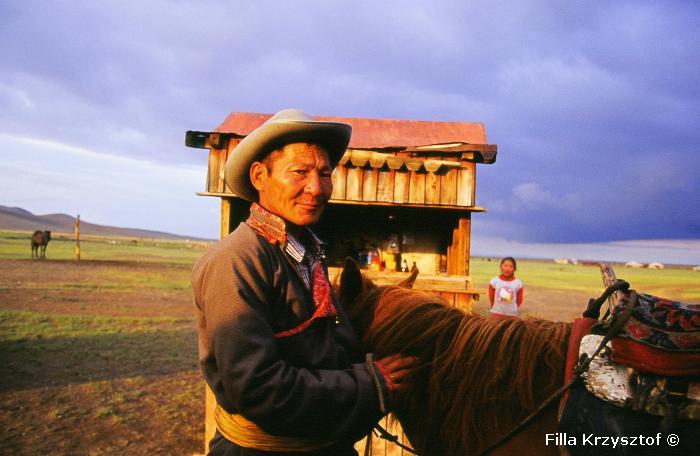
The national symbol of Mongolia, the Przewalski horse and behind in the background there is a wayside kiosk with article such as pepsi or biscuits.
^ ^^^

My camp place near Tsetserleg the capital of Arhangai aimag (region in central Mongolia).
^ ^^^
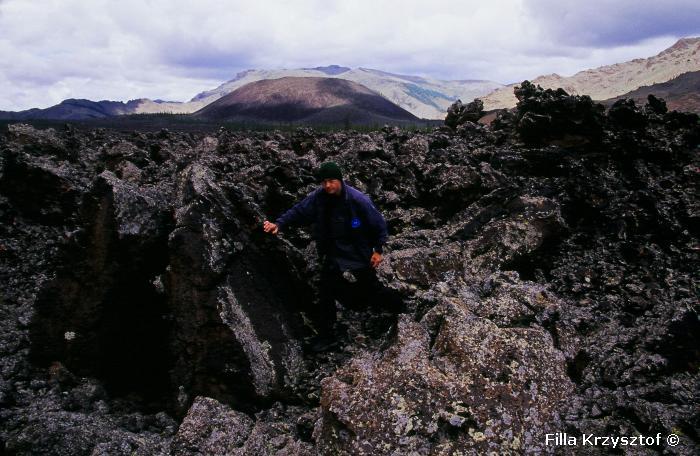
Basalt stones and rocks are the solidified lava from Khorgo volcano . In the background the dark cone it's the volcano.
^ ^^^
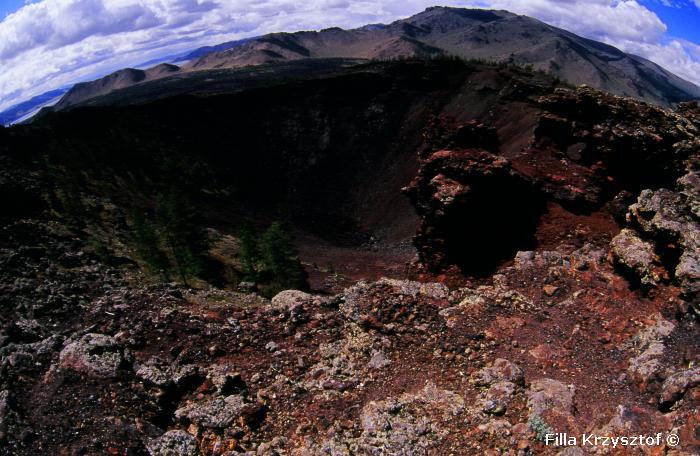
Interior of the volcano.
^ ^^^
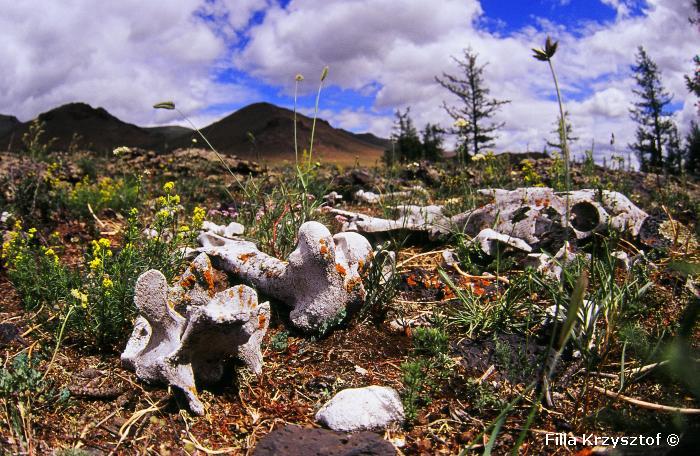
^ ^^^

From basalt stones people build cone shaped heaps by the shore of the lake Terkhiin Tsagaan.
^ ^^^
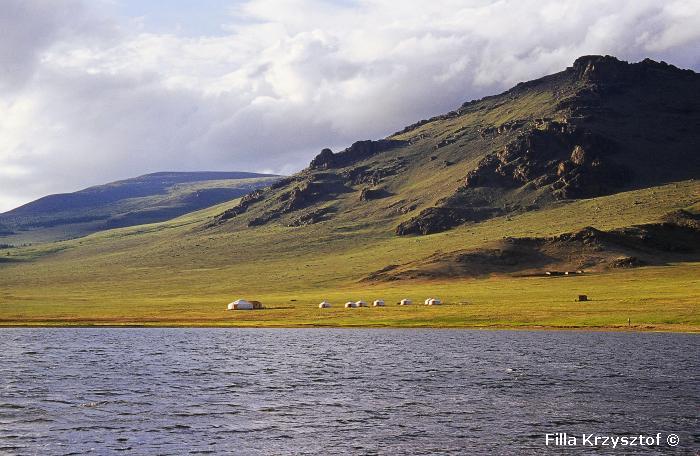
The lake Terkhiin Tsagaan is situated on the altitude 2060m above level sea. It was created by the stream of lava that blocked a river which then flooded the valley.
^ ^^^

^ ^^^
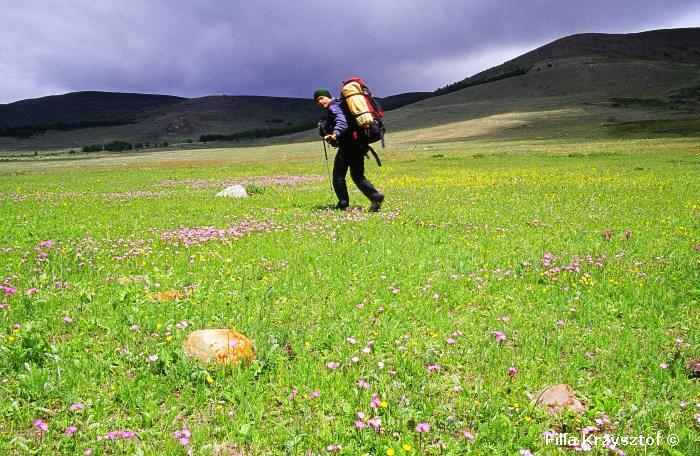
In summer time during 6 weeks the amount of rain fall is the same as for the rest of the year. Therefore pastures green and bloom instantly.
^ ^^^

^ ^^^

^ ^^^
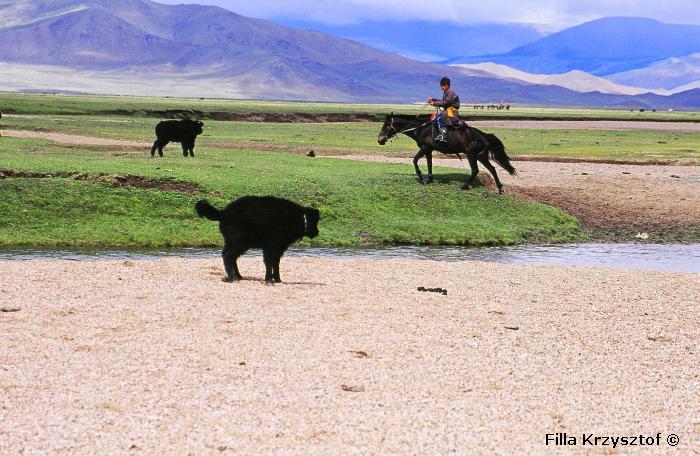
A young Mongolian lad leads the lost yak caves to the herd.
^ ^^^

Farmers drive their cattle to the green pastures along with the changing season.
^ ^^^
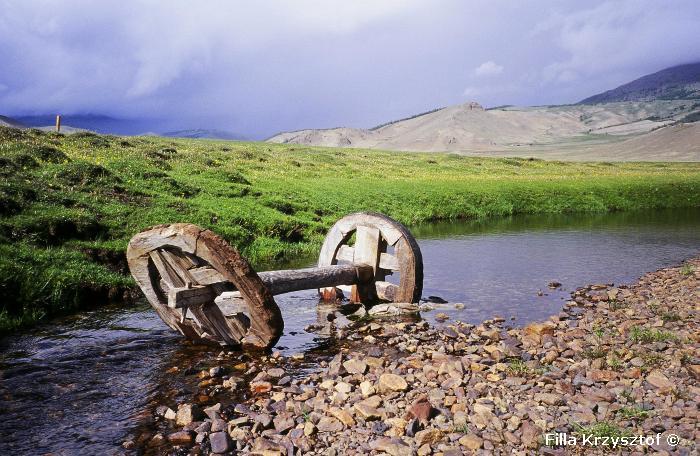
At first I thought that the wooden wheels are the remains after passed epoch, but soon I discovered that The Mongols use them in daily life.
^ ^^^

^ ^^^
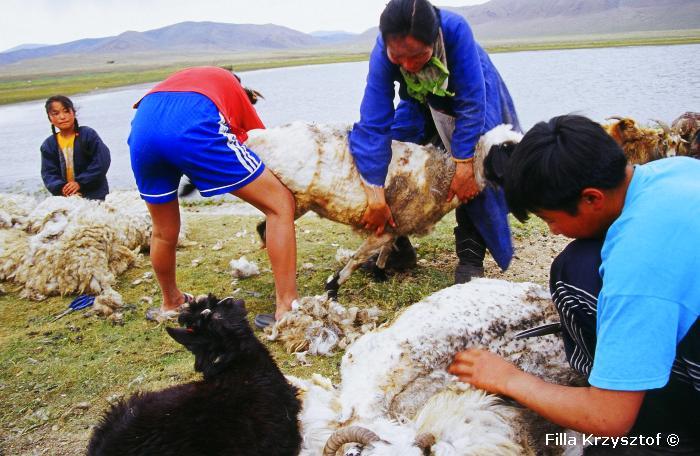
Shearing sheep - farmer possesses 500 pieces of cattle including 90 yaks and 40 horses.
^ ^^^
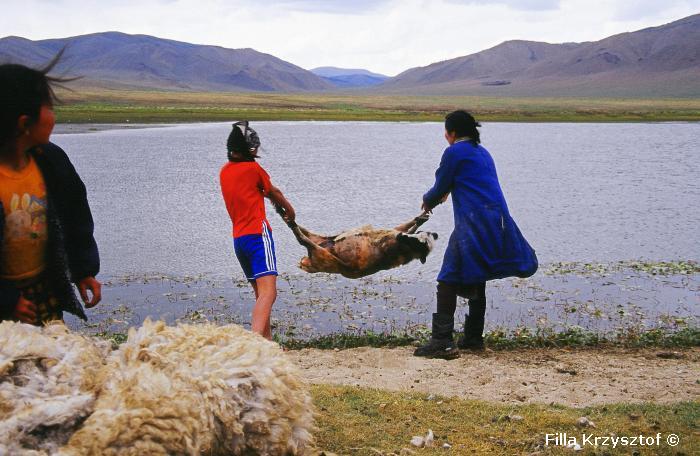
Sheared sheep are washed in the lake.
^ ^^^
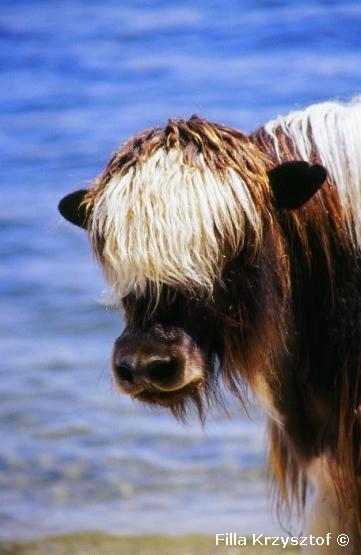
Yak's head.
^ ^^^

In Mongolia a horse is the most popular mean of transport. Walking or hiking is something incomprehensible for Mongolians.
^ ^^^

The satellite is powered from solar batteries and make possible to watch just one channel.
^ ^^^

Interior of yurta - ger.
^ ^^^

In yurta men and guest sit always on the left side.
^ ^^^
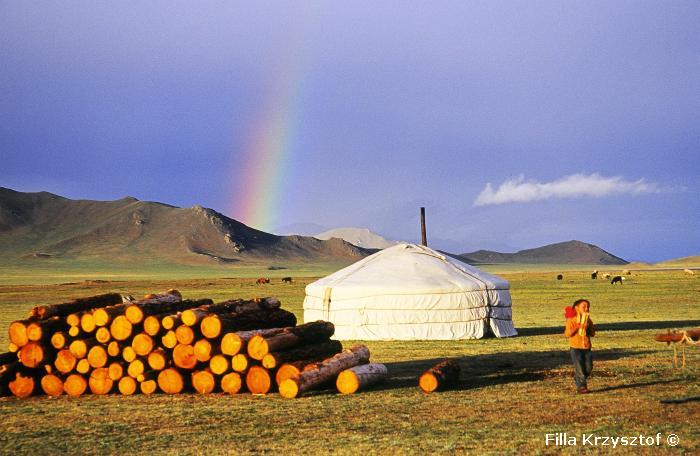
Despite shortage of woodland, the wood is still the main fuel.
^ ^^^
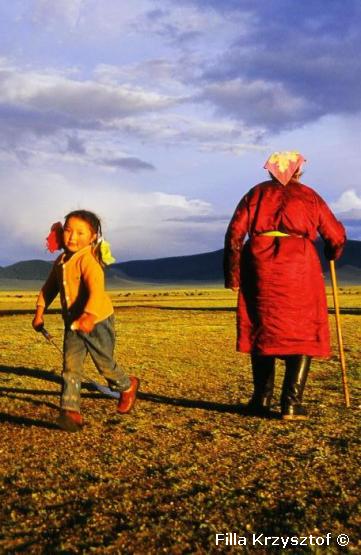
^ ^^^

Although Mongolia is mainly a Buddhist county it is hard to encounter a Buddhist stupa.
^ ^^^
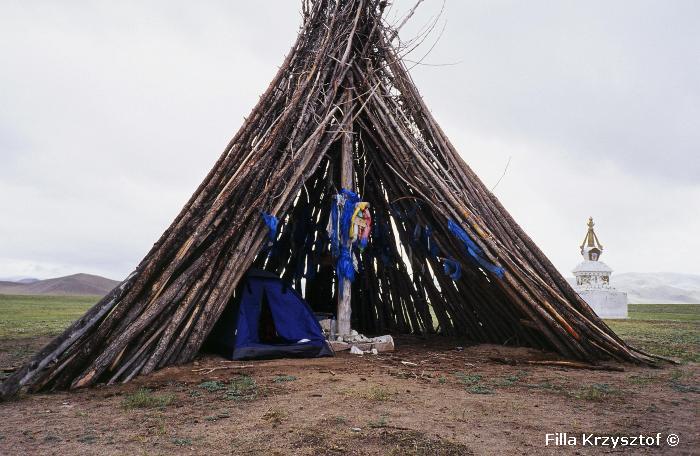
The shelter made of poles is in fact a Buddhist temple. (The construction very well protected my tent against strong wind, I hope that my act was not desecration)
^ ^^^
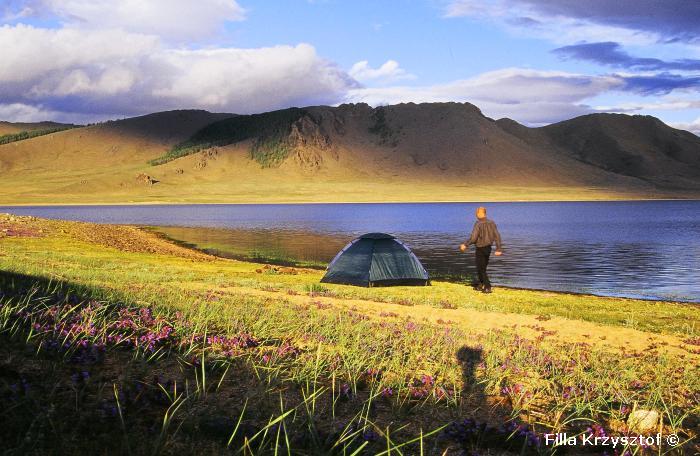
^ ^^^
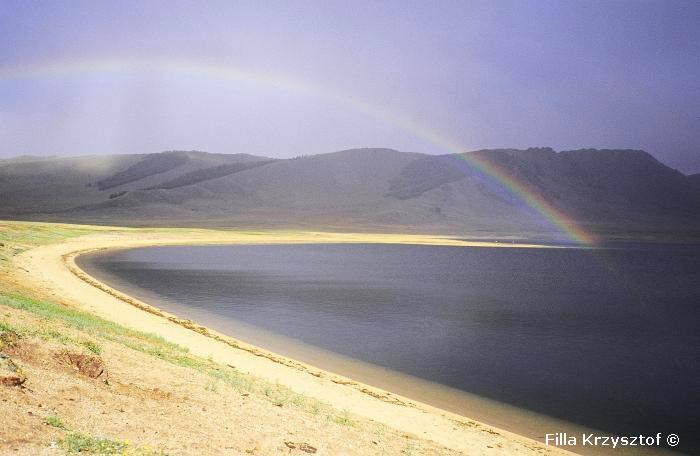
^ ^^^

The symbols of friendship with USSR are seen in many places. Here a secondary school in Tsetserleg.
^ ^^^

A little Buddhist monastery in Tsetserleg. Designed in the shape of a yurta.
^ ^^^
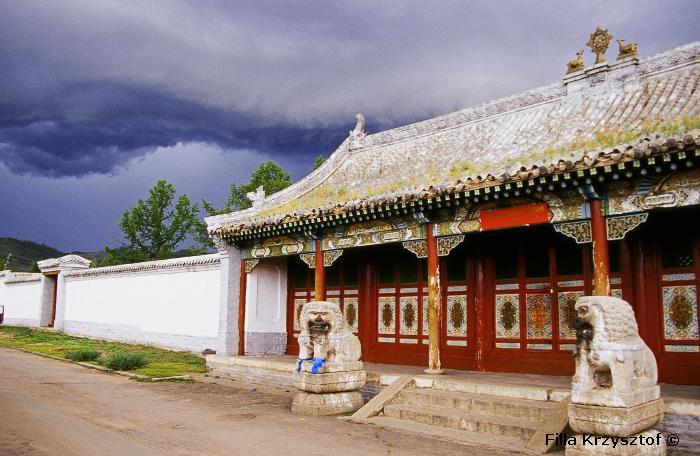
Previously monastery today museum.
^ ^^^
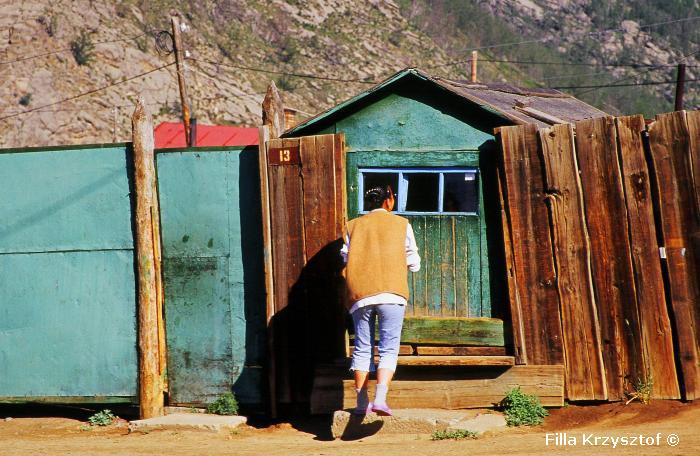
A little shop by s street in Tsetserleg.
^ ^^^
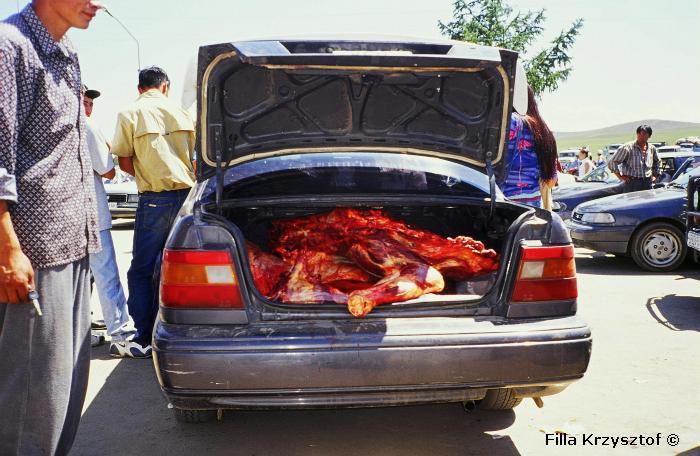
In harsh Mongolian climate cultivation of vegetables is unprofitable, therefore the main nourishment is meat and dried cheese (sort of curd cheese)
^ ^^^
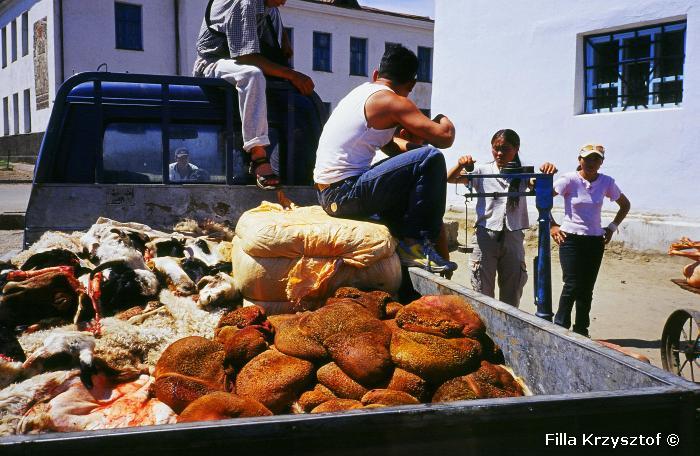
Farmers deliver their products to towns and sell it straight from car boots.
^ ^^^
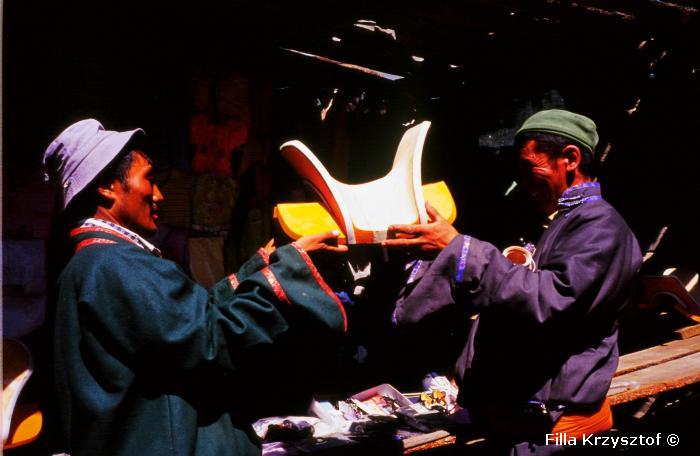
Unlike Western leather saddle, Mongolian saddle is made of wood.
^ ^^^
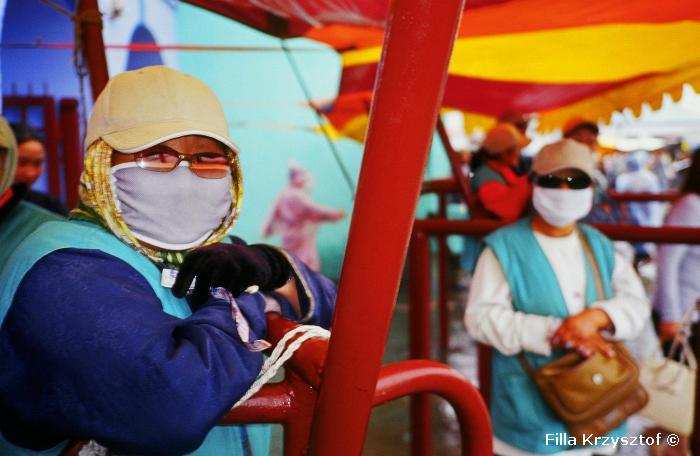
Ticket sellers by the entrance to the main bazaar in Ulaanbaatar. The capital is very polluted city therefore many people wear masks.
^ ^^^
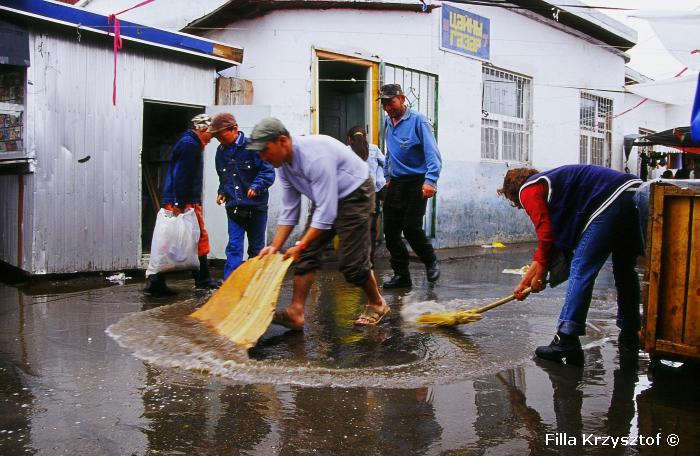
In July there is the highest rain fall in the whole year. After strong rain, vendors remove water out of their stalls in the main market in UB.
^ ^^^

Main market place in UB.
^ ^^^
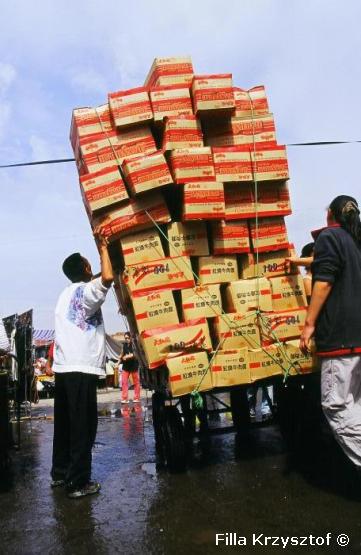
Main market place in UB.
^ ^^^
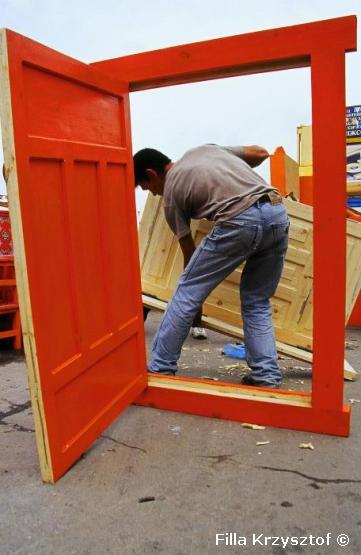
Main market place in UB.
^ ^^^

Main market place in UB.
^ ^^^
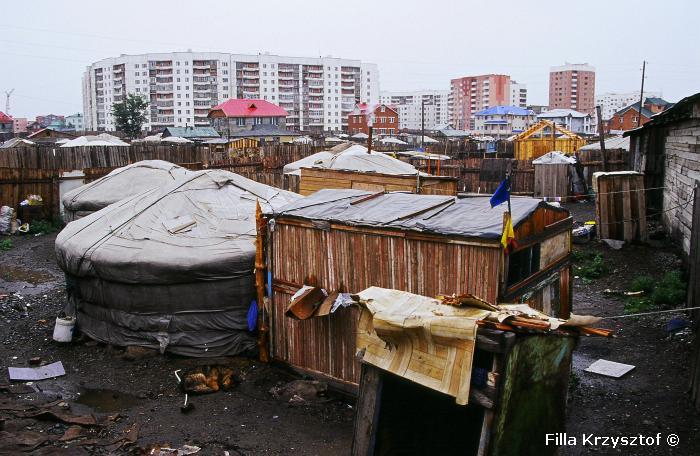
In the center of the capital Ulaan Baator there are many yurt estates.
^ ^^^
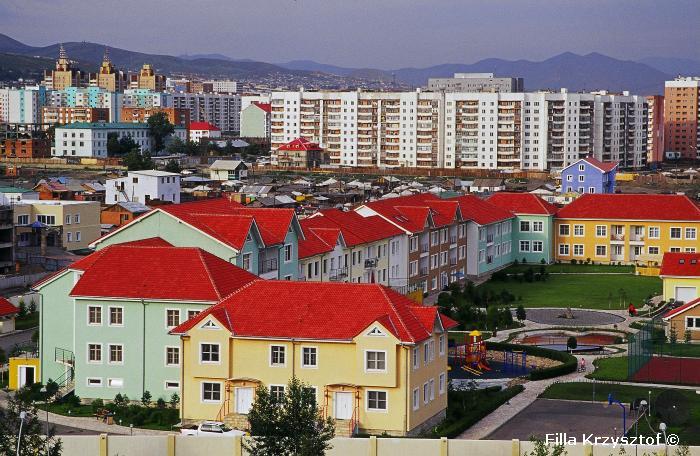
Ulaan Baator - houses of the rich, then poor yurts and again block flats, and so on.
^ ^^^

^ ^^^

^ ^^^

The monastery Gandan in Ulaan Baatar, built in 1913. It is one of the most spacious monasteries in Mongolia.
^ ^^^
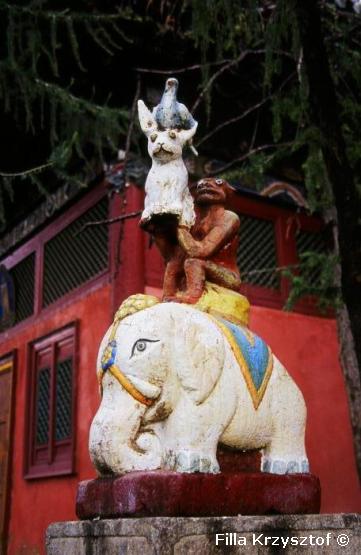
^ ^^^

A monk hits a gong to inform about starting prayer in Gandan monastery.
^ ^^^
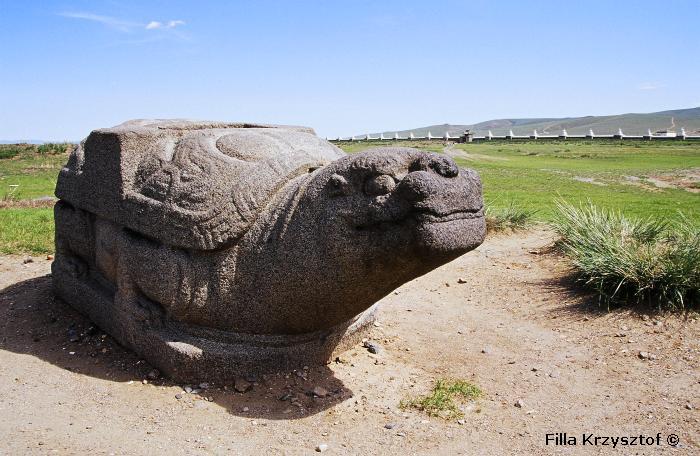
Mongolia's ancient capital, Kharakhorum, Chinggis Khaan's city, was founded in 1220. the only remains after the capital are the two turtles.
^ ^^^

Where once stood the ancient capital, now stands a monetary complex called Erdene Zuu.
^ ^^^
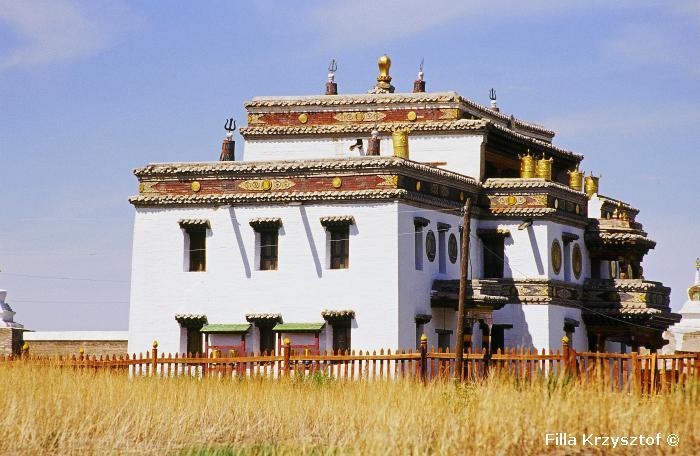
The Monetary Erdene Zuu was built in 1586.
^ ^^^




























































